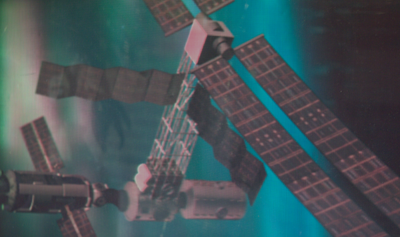Laser Cavity Modelling
Laser resonator and power output models are currently been developed. Using an F-P cavity, different kinds of mirrors are being tested in the resonator. We can select the aperture to give us our desired mode and the relationship between the size and the longitude position of the aperture and the transverse mode of laser can then be studied.
We are currently modeling a passively Q-switched YAG laser. This model shows the optimum energy output, the laser power, and the pulse duration.
-Min Lu
Optical Networks
Tanzania is one of the poorest countries in the world and is lagging behind in terms of information communication technology (ICT) development. It ranks among the lowest countries in tele-density and low has Internet penetration. The spatial distribution of the current ICT infrastructure is highly skewed towards urban areas, leaving the majority of the population unable to access ICT. Furthermore, monopolistic practices of some ICT suppliers in the past have kept the cost of ICT access unaffordable to the majority of the population due to the high cost of satellite connectivity.
The objective of this research is to develop and exploit the use of optical WDM networks rather than the use satellites in order to improve the infrastructure access in both urban and rural areas, while also alleviate the cost of accessing ICT in Tanzania. The National ICT infrastructure will have three interconnected WDM backbone rings of high bandwidth to connect all Tanzania cities.
- Shaban Pazi
Optical Metrology
We are currently actively researching 3D metrology systems using various techniques such as structured light, and defocus methods. On the small scale we have links with the Brighton and Sussex Medical School and biology at Sussex where we are working on optical coherence tomography and multi-photon/confocal microscopes.
- Philip Birch
Optical Correlation
We have a lot of experience with optical correlation or target identification and tracking. This makes use of spatial light modulator to encode filters in the Fourier domain. The work also links in with our rigid body tracking work. There is an overview of optical correlation on this external site written Dr Philip Birch. See the publication pages for papers on our digital/optical hybrid correlator and other work in this field.
- Philip Birch
Computer Generated Holograms
We recently completed a project working on printing holograms in conjunction with an industrial partner. An example of the type of holograms produced can be seen below.



